Scientists Develop World’s First ‘Pregnancy Robot’ That Can Give Birth to Living Babies
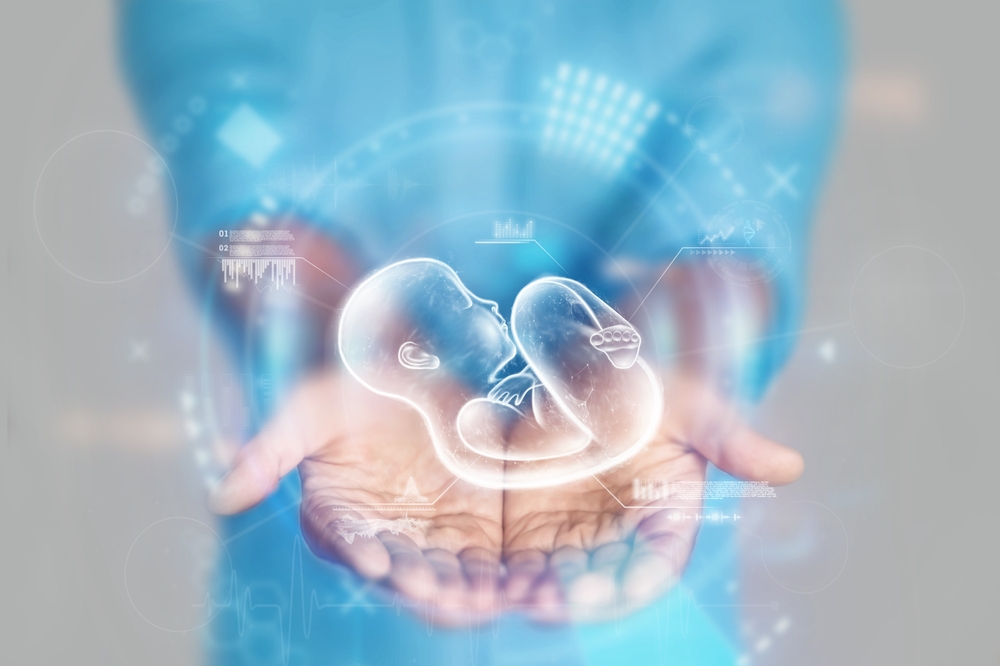
For centuries, the beginning of life has been bound to the mystery of the womb a place where biology, love, and chance meet to shape the next generation. Yet today, that sacred space is being challenged by steel and circuitry. Imagine a world where babies are not carried by mothers but nurtured inside humanoid machines, their tiny hearts beating beneath synthetic skin. What once belonged only to science fiction may soon be unveiled in a laboratory in China.
At the center of this bold experiment is a team led by Dr. Zhang Qifeng, who envisions a robot capable of carrying a pregnancy from conception to delivery. Inside its torso lies an artificial womb, a meticulously engineered environment with synthetic amniotic fluid, nutrient tubes, and sensors that replicate as closely as possible the delicate rhythms of human gestation. Prototypes, expected to cost around 100,000 yuan (roughly $13,900), could arrive as early as 2026.
The stakes are enormous. Infertility now affects about 15% of couples worldwide, and in China, the rate has surged from 11.9% in 2007 to 18% in 2020. For millions who dream of children but cannot conceive, this technology could be the answer to prayers once thought impossible. And yet, it raises questions that cut deeper than medicine: What does it mean for motherhood when machines can give birth? Can intimacy, hormones, and emotional connection ever be replicated by a robot? And if they can’t what might we lose in the process?
How a Robot Can Give Birth
The idea of a machine carrying a child sounds almost unbelievable, yet the science behind it is surprisingly concrete. At the heart of this breakthrough is the artificial womb, a system designed to recreate the conditions of human gestation with precision. Inside the robot’s abdomen, a fetus would float in synthetic amniotic fluid, just as it would in a natural womb. Nutrients and oxygen are supplied through a tube that functions like an umbilical cord, while advanced sensors constantly monitor growth, temperature, and overall development.
What makes this innovation revolutionary is that it does not simply extend life after partial gestation, the way neonatal incubators do. Instead, it aims to replicate the full journey of pregnancy from conception to birth. Every stage, from the first weeks of cell division to the final contractions, is meant to be simulated inside the machine. The goal is not just survival outside the womb, but an authentic, uninterrupted gestation cycle.
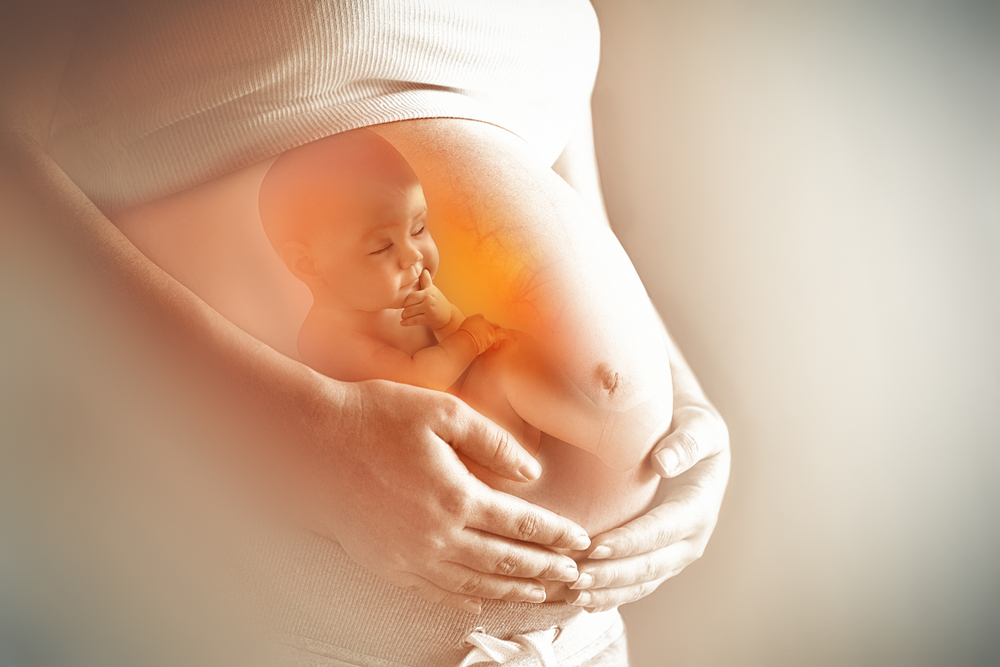
This leap builds on earlier research. In 2017, scientists at the Children’s Hospital of Philadelphia developed “biobags” transparent sacs filled with artificial amniotic fluid that kept premature lambs alive and growing for weeks. The lambs developed normally, even growing wool. That experiment proved it was possible to support life outside a natural womb. The pregnancy robot takes this principle a step further: instead of temporary support, it envisions the entire miracle of pregnancy sustained by technology.
Prototypes are expected as soon as 2026, with a projected cost of around 100,000 yuan (roughly $13,900). Compared to the cost of commercial surrogacy which can exceed $100,000 in some countries the robot may one day provide a more accessible alternative. For now, it remains an ambitious experiment. But if successful, it will mean the unthinkable: that the ability to give birth no longer belongs only to human beings.
Infertility, Health, and Hope
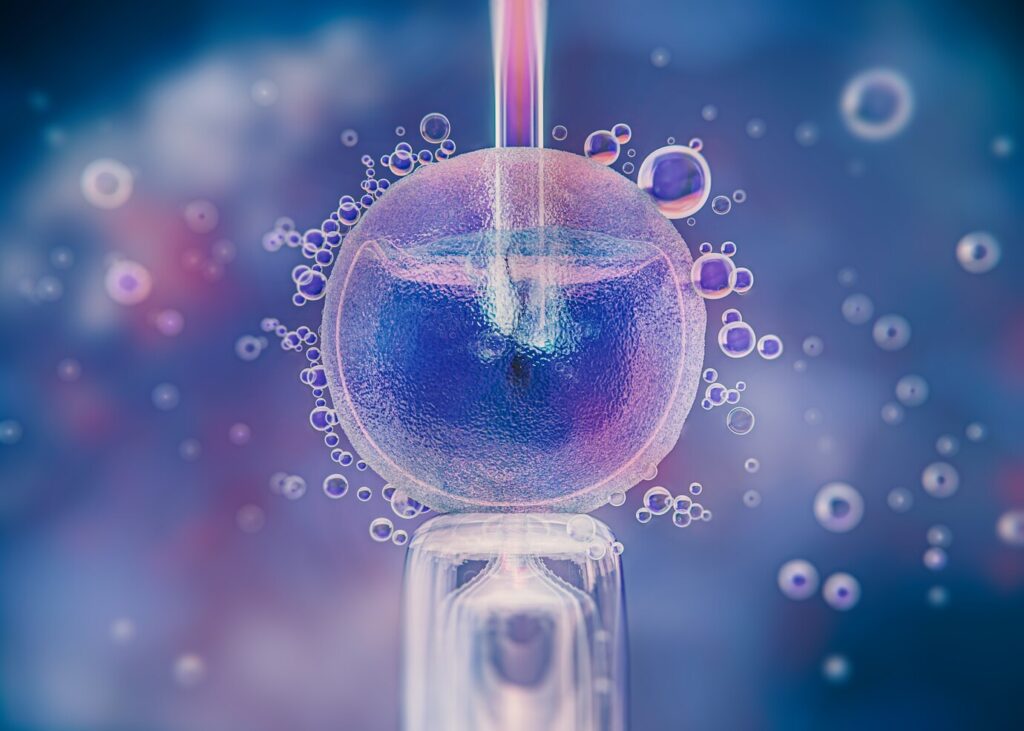
Behind the headlines about futuristic robots lies a very human story: the struggle to create life. According to the World Health Organization, infertility now affects about 15% of couples worldwide. In China, the numbers have risen sharply from 11.9% in 2007 to 18% in 2020 a statistic that coincides with the country’s demographic challenges and declining birth rates. For millions of families, the dream of holding a child remains out of reach despite years of medical treatments, IVF attempts, or failed surrogacy arrangements.
It’s here that the pregnancy robot enters the conversation as more than a spectacle of science. By offering a potential alternative to surrogacy, it could make parenthood accessible to those who might otherwise never experience it. The cost matters too. While surrogacy in countries like the United States can easily exceed $100,000 once medical, legal, and agency fees are included, Kaiwa Technology’s prototype is projected at about 100,000 yuan (around $13,900) a fraction of the price. For couples who have already invested years of savings into failed fertility treatments, the idea of a more affordable solution is more than just welcome; it is life-changing.
But this technology is not only about infertility. Pregnancy itself carries risks that claim lives every year. Conditions like preeclampsia, gestational diabetes, and postpartum hemorrhage remain global threats, particularly in regions with limited maternal healthcare infrastructure. The World Health Organization estimates that roughly 287,000 women die annually from complications related to pregnancy and childbirth. If artificial wombs could reduce these risks by transferring the physical burden of gestation away from the mother’s body it could save lives and reshape the very meaning of reproductive health.
Beyond families and mothers, scientists also see the technology as a research tool. A controlled, observable environment for fetal development could offer insights into premature birth, genetic disorders, or environmental influences on pregnancy that are still poorly understood. Every step inside the robot could be tracked with precision, opening new doors for medicine and genetics.
What We Risk Losing
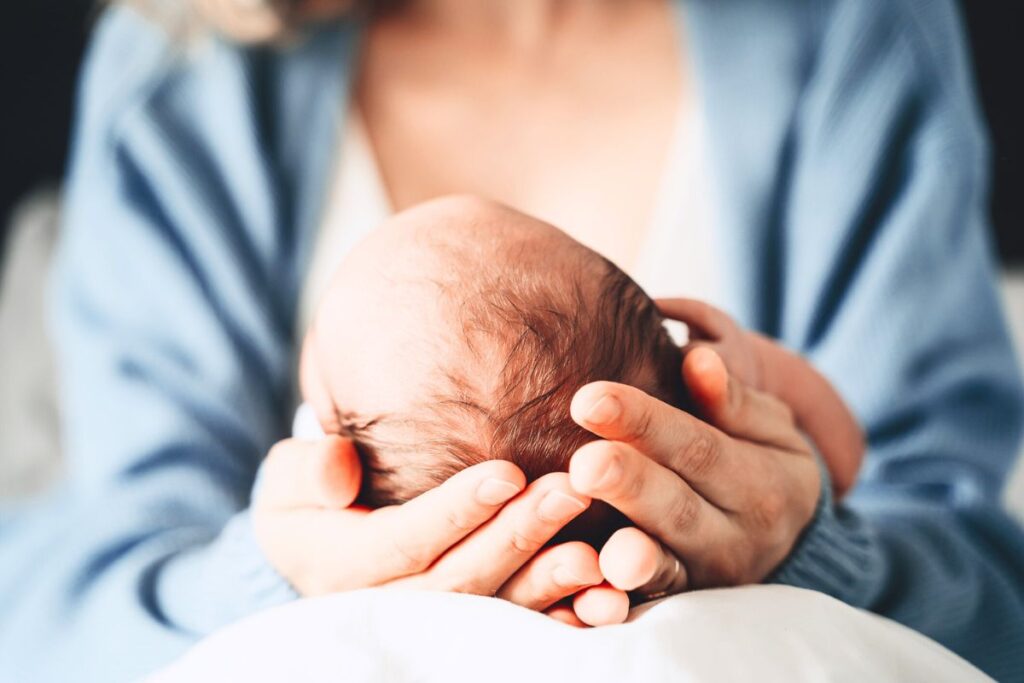
For all the promise that a pregnancy robot holds, it also stirs a wave of unease. Critics warn that while technology may be able to replicate biology, it cannot yet replicate the intangible bonds that define human pregnancy. Gestation is not only about nutrients and oxygen; it is also about maternal hormones, immune exchanges, and the subtle dialogue between mother and child that science still struggles to fully explain. Hormones like oxytocin and estrogen don’t just guide fetal development they help form the emotional connection between parent and baby. Can a robot, no matter how advanced, truly replace that?
Some voices fear the implications go far beyond biology. Radical feminist writer Andrea Dworkin once cautioned that artificial wombs could mean “the end of women.” Her concern was not only about reproduction but about power the fear that if machines can take over the role of bearing children, society might begin to undervalue women’s place in family and culture. Similar warnings have come from researchers at the Children’s Hospital of Philadelphia, who cautioned that technologies like artificial wombs could “pathologise pregnancy” treating a natural process as if it were a disease to be engineered.
The ethical dilemmas deepen when we consider the child. What does it mean to begin life inside a machine? How might identity be shaped when the earliest experiences are mechanical rather than maternal? These questions cut to the heart of what it means to be human. Beyond that, critics worry about the commercial exploitation of such technology. If childbirth becomes something that can be bought and outsourced, do we risk turning the creation of life into just another marketplace transaction?
History shows us that every scientific leap comes with trade-offs. In the rush to solve infertility or eliminate maternal risks, we may inadvertently sever the threads of intimacy, vulnerability, and connection that make birth not just a biological event, but a profoundly human one. The danger is not only in what we build but in what we may lose along the way.
Lessons from IVF and Other Breakthroughs
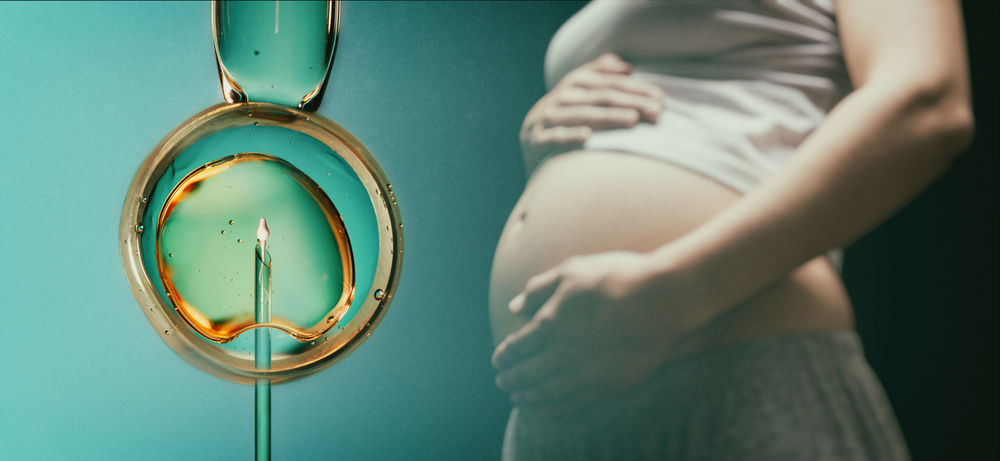
When the first “test-tube baby” was born in 1978, headlines screamed of a future where science was meddling with the very fabric of life. Religious groups called it unnatural, ethicists predicted chaos, and many feared that children conceived outside the womb would suffer stigma or health issues. Yet decades later, in vitro fertilization (IVF) has become a mainstream medical practice. More than 8 million babies worldwide have been born through IVF, and for millions of families it is a story not of controversy, but of gratitude.
The pregnancy robot may be facing its own version of this cycle fear before familiarity, rejection before acceptance. Just as IVF once seemed unimaginable, the idea of artificial gestation challenges deep-rooted beliefs about life, motherhood, and morality. But if IVF could move from outrage to normalization, might robotic pregnancy follow the same trajectory?
History suggests that every major medical breakthrough comes wrapped in controversy. Cloning, organ transplants, and even anesthesia in the 19th century were met with suspicion and resistance. Over time, what seemed radical became routine provided society could regulate the risks and adapt its values. The question is not whether artificial wombs are possible (science is making that clear), but whether humanity can responsibly integrate them without losing sight of what makes us human.
The comparison also carries a caution: IVF succeeded because it complemented nature rather than replaced it. Couples still conceived from their own eggs and sperm; the lab simply provided what the body could not. Artificial wombs, on the other hand, attempt to fully outsource gestation, removing mothers from the process entirely. That difference makes the stakes far higher, and the ethical questions far more profound.
Redefining Parenthood and Society
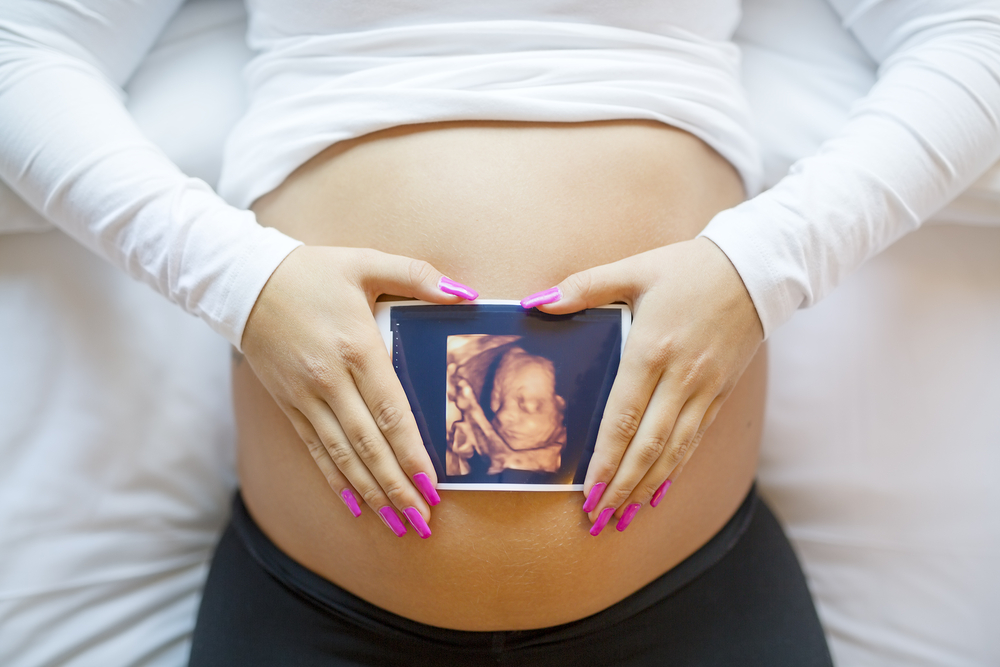
If a machine can carry a child, who or what becomes the “mother”? That question lies at the heart of the social and cultural debate surrounding pregnancy robots. Parenthood has always been more than biology; it is shaped by identity, responsibility, and the bonds formed long before a baby takes its first breath. But when gestation shifts from the human body to a machine, those definitions face a seismic test.
Supporters of the technology see liberation. They imagine a world where women no longer bear the disproportionate physical risks of childbirth, where infertility no longer denies families their dream, and where parenthood is more accessible across age, gender, or medical limitations. In this vision, the robot becomes not a replacement for mothers, but a tool of equality and possibility.
Critics, however, warn of a very different outcome. If society begins to normalize robotic gestation, motherhood itself could be diminished or reduced to an outdated concept in a world where technology promises efficiency over intimacy. Questions of identity soon follow: how would children feel about their origins if they were “born from a machine”? Would family bonds carry the same meaning, or would they shift into something more transactional, shaped by contracts and laboratories rather than human connection?
The legal system, too, would be forced to adapt. Laws around parenthood, custody, and inheritance have long relied on the clarity of natural birth. Introducing machines into the process creates legal gray areas: does the gestation robot count as a “surrogate”? How do nations regulate something that merges robotics, genetics, and human rights in ways never seen before?
Beyond the courtroom and family home, society itself may transform. Parenthood has always been one of the most personal experiences, yet it also shapes cultures, traditions, and communities. If the act of giving birth can be outsourced, we are not just changing reproduction we are reshaping the story of what it means to be human. Whether that becomes a story of liberation or loss will depend not on the machines we build, but on the values we choose to uphold.
A New Dawn, or a Dangerous Detour?
The image of a machine giving birth may seem extraordinary even unsettling but it reminds us of something timeless: humanity’s relentless drive to push boundaries. From fire to flight, from vaccines to space travel, every leap forward has asked us to balance our ambition with wisdom. The pregnancy robot is no different. It is not just a scientific invention, but a mirror held up to society, asking: What does it mean to create life, and what do we value in that creation?
For some, this technology holds the promise of liberation and freedom from infertility, from medical risks, from the physical limits of the body. For others, it signals the erosion of something sacred: the intimacy of motherhood, the bond of pregnancy, the human essence of birth itself. Both perspectives carry truth, and both deserve to be heard.
What matters most now is not whether machines can give life, but whether we as a society are prepared to guide that power responsibly. Technology moves fast, but values must move with it. We must ask: Will this innovation be used to heal, or to profit? To support families, or to commodify them? To expand human possibility, or to diminish human connection?
In the end, the pregnancy robot is less about machines and more about us. It forces us to confront how we define family, love, and life itself. The future is coming perhaps sooner than we expect. The question is: will we meet it with wisdom, or will we let wonder blind us to what we cannot afford to lose?
Loading...

